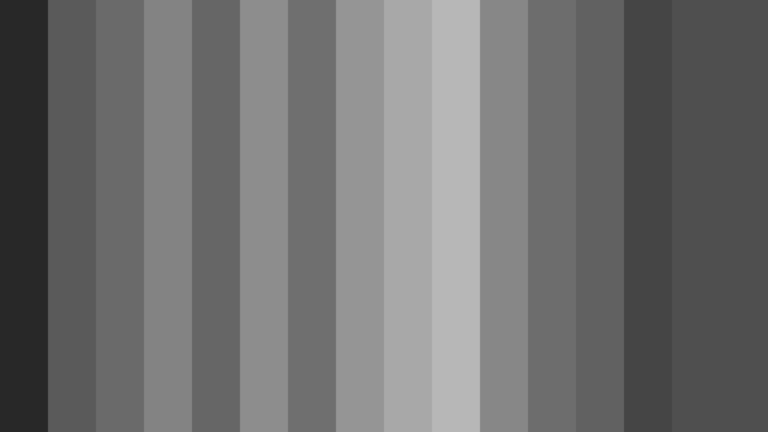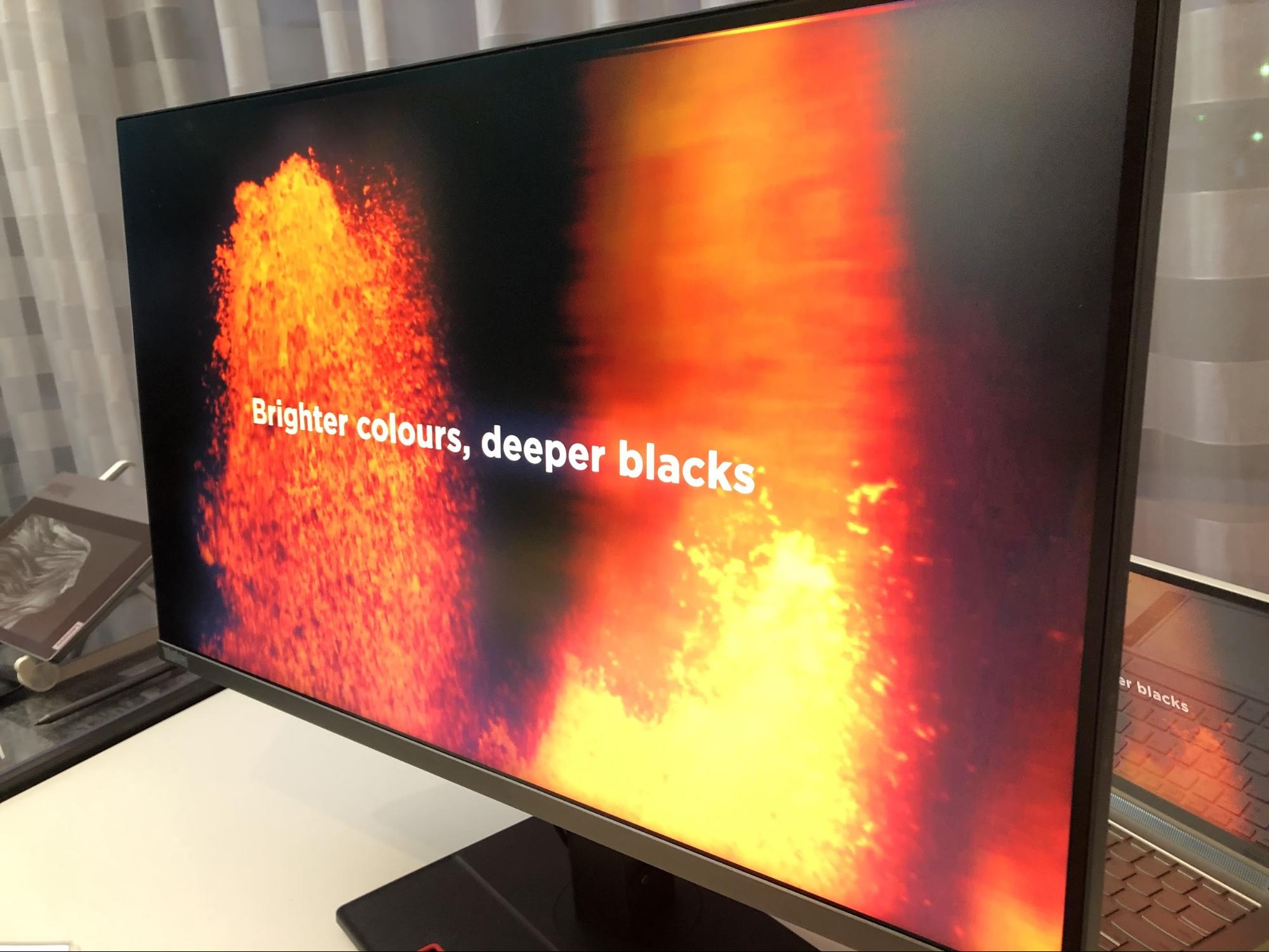What Is a FALD Backlight? A Basic Definition
FALD monitors and TVs explained
FALD stands for full-array local dimming and is an expensive, as well as the most premium, type of backlight technology found in LCD displays, including PC monitors and TVs. It’s especially beneficial for viewing HDR content and is found in some of the best gaming monitors.
A monitor with FALD technology has a backlight that’s broken up into different zones, where each zone can output a different brightness level simultaneously. FALD monitors usually have 384, 512 or 1,152 zones. The more zones, the better the image and the more expensive the display.
Why is it important for a monitor or TV to be able to use various brightness levels within one image? This has a great impact on the monitor or TV’s contrast, which is one of the most important factors in image quality (the higher, the better). High contrast is also key in making HDR content look better than SDR content. The very best HDR monitors use FALD backlights or OLED, which we’ll get into momentarily.
FALD is also particularly key for monitors or TVs that can get super bright. With monitors hitting 1,000 nits or greater, black levels also increase, hurting contrast -- that is, unless you have some sort of local dimming.
Generally speaking, local dimming is the ability to set different brightness levels in different areas of an image (versus global dimming). FALD isn’t the only type of local dimming. If you want a good HDR screen but don’t want to spend the premium for a FALD monitor or TV, a display with an edge-lit backlight is your next best bet.
FALD vs Edge-Lit
Edge-lit backlights, also known as edge array local dimming backlights, are similar to FALD backlights but instead of having hundreds of zoness, edge-lit backlights usually have 8, 16 or 32 zones. As the name implies, these zones live on the edge of the display panel.
Halo Effect
Both FALD and edge-lit monitors are subject to the halo effect. The halo effect happens when one of the backlight’s zones is brighter than an adjacent zone(s) and causes a glow to bleed into the dimmer zone(s).
Get Tom's Hardware's best news and in-depth reviews, straight to your inbox.
For example, with white text on a dark background, white from the text may bleed into the surrounding black area, giving the words an odd, glowing look.
FALD is a backlight technology found in LCD monitors, while OLED monitors are not LCD monitors and don’t use a backlight at all. Instead, every pixel in an OLED monitor emits its own light, making each pixel like its own zone.
So which is better? OLED monitors can hit an immeasurably low black level, making for theoretically infinite contrast. Remember, we consider contrast the most important factor in image quality and a big part of the HDR experience.
Another benefit an OLED monitor has over a monitor with a FALD backlight is that it won’t suffer from the halo effect.
However, OLED monitors typically don’t get as bright as FALD monitors can. Take two of the best 4K gaming monitors, the Acer Predator X27 and Alienware AW5520QF. The Acer has a FALD backlight and is specced for up to 1,000 nits brightness, while the Alienware is an OLED monitor and only specced for 400 nits. If you tend to use your monitor in a dark room, though, the lack of comparative brightness may not bother you.
But because of how their technology works, both offer impressively high contrast. Video editors may opt for FALD over OLED, while OLED may be preferred for photo editing and gamers should weigh the pros and cons of each technology.
This article is part of the Tom's Hardware Glossary.
Further reading:

Scharon Harding has over a decade of experience reporting on technology with a special affinity for gaming peripherals (especially monitors), laptops, and virtual reality. Previously, she covered business technology, including hardware, software, cyber security, cloud, and other IT happenings, at Channelnomics, with bylines at CRN UK.

